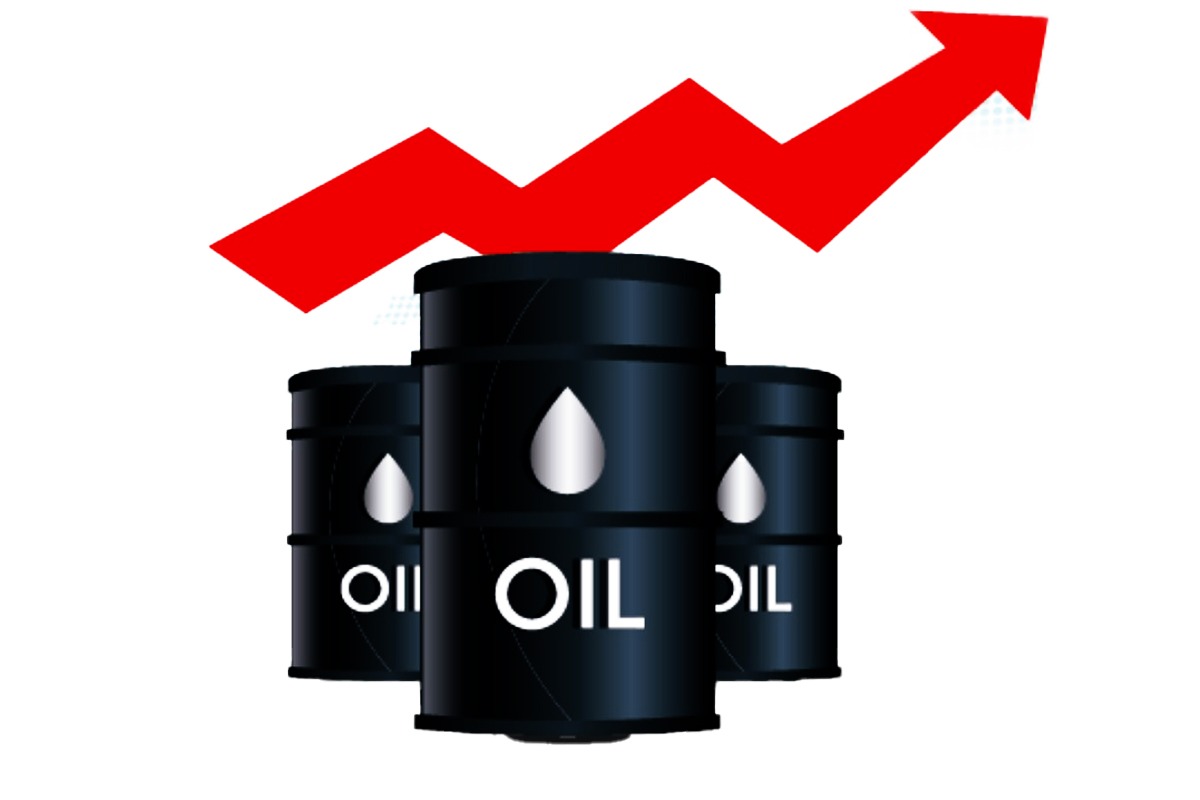

International oil markets are in a tizzy as several rapid developments have pushed prices to levels last reached nearly a year ago. First, Russia and Saudi Arabia have extended voluntary production cuts till December while worldwide demand is rising. Second, export of gasoline and diesel from Russia has been stopped except to four former Soviet states. These events have led to a hardening of world crude prices that are now over 94 dollars per barrel for the benchmark Brent crude and nearly 91 dollars per barrel for the West Texas Intermediate (WTI) crude produced in the US.
For India, there are wide ramifications of rising oil prices. These will have an impact on the exchequer, given the fact that over 85 per cent of the country’s oil needs are met by imports. The big concern immediately will be about the potential rise in the oil import bill for the current financial year. The cost of buying oil from abroad had reached $158 billion in 2022-23 as compared to $121 billion in 2021-22. The increase was largely due to the spike in crude oil prices after the outbreak of the Ukraine war in February 2022. Prices had then hovered around $100 per barrel for a few months and then began to moderate in August.
READ MORE: Energy war: India to play ‘market card’ to get cheaper oil, says Puri
It was in March this year, however, that prices actually began dipping to levels prevailing prior to the Ukraine conflict. This change was brought about by depressed demand due to recessionary conditions in developed countries along with a setback in economic growth for the world’s biggest oil importer, China. Prices settled down in the range of $75 to $80 per barrel from March onwards despite measures announced to cut production by the oil cartel, the Organisation of Petroleum Exporting Countries (OPEC) Plus. A decision to cut 1.15 million barrels per day (bpd) of crude oil production took effect in April but seemed to have little impact on the international markets.
It was in July, however, that Saudi Arabia and Russia announced further voluntary production cuts of one million tonnes bpd and 300,000 tonnes bpd respectively. Simultaneously, demand from China began to pick up leading to firming up of oil prices. This reversed the softening price trend. But the latest decision to extend these output cuts till December has led to the current spike in prices.
The situation has worsened with Russia’s decision to stop export of refined products like gasoline and diesel. Only the four countries comprising the Eurasian Economic Union have been excluded – Belarus, Kazakhstan, Armenia, and Kyrgyzstan. The ban, which is expected to be for a short period, is aimed at dealing with fuel shortages that have cropped up especially in the southern region. This is considered the breadbasket of the country and a fuel shortfall could affect the harvesting season.
READ MORE: Kashmiri women breaking glass ceiling in sports
As for India, it has managed to keep retail prices of petroleum products like petrol and diesel frozen for the past year. Rates of liquefied petroleum gas (LPG) used for cooking purposes were even cut in August by 18 per cent to give relief to weaker sections. The decision to keep price hikes on hold has helped contain inflationary pressures on the economy that had intensified since May last year.
In this context, it should be clarified that retail pricing of petroleum products sold by the public sector oil marketing companies (OMCs) is technically deregulated. In reality, however, the OMCs are guided informally by governmental directives from the Petroleum Ministry. This may not align with the declared aim of linking oil products to market rates but it does provide a cushion for low-income consumers facing the burden of growing inflation.
The freeze in prices has naturally led to the OMCs incurring losses on sales of petroleum products like petrol, diesel and LPG. Yet these losses were compensated earlier this year when prices dipped significantly across the globe. The situation has reversed yet again and the OMCs are facing what are termed as “under-recoveries” on product sales.
READ MORE: Justin Trudeau’s wokeism is on display
In the short run, India will have to rely on its diplomatic skills to enter into term contracts with major OPEC+ players to get discounted prices. One of the fallouts of resorting to higher purchases from Russia since last year has been that Gulf countries are now recognising the need to provide some concessions to emerging economies like India. The earlier Asian premium, as it was called, on sales to countries in this region has now been cut substantially.
In the long run, however, this country will have to intensify its existing strategy of increasing reliance on new and renewable sources of energy. Power generation capacity from renewables is already reported to have reached 40 per cent of total generation. This drive will have to continue in the future to enable the country to insulate itself as far as possible from the vagaries of international oil markets.
(Sushma Ramachandran is a senior business journalist.)
Note: Views expressed are the author’s own.